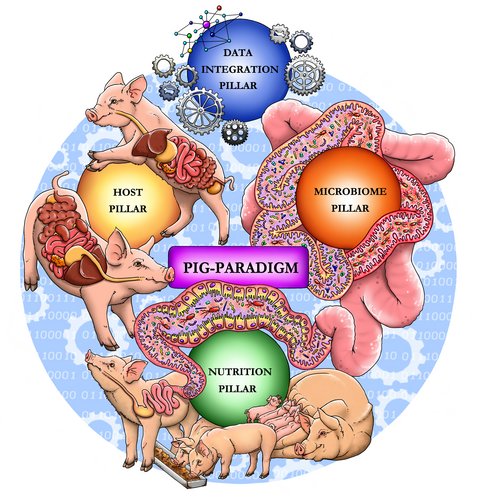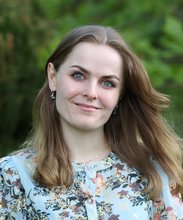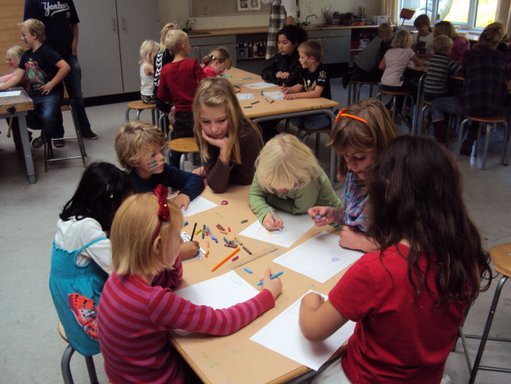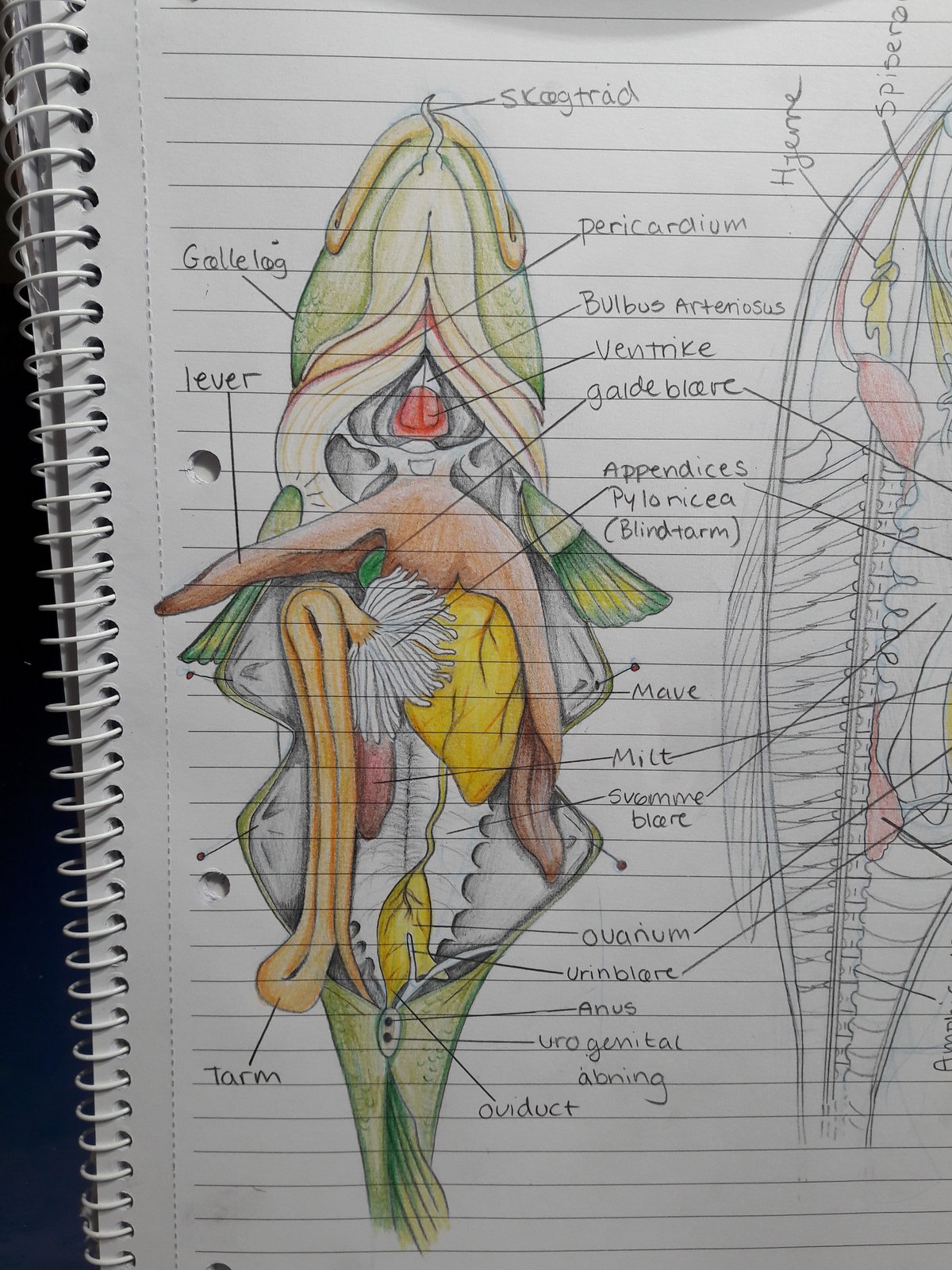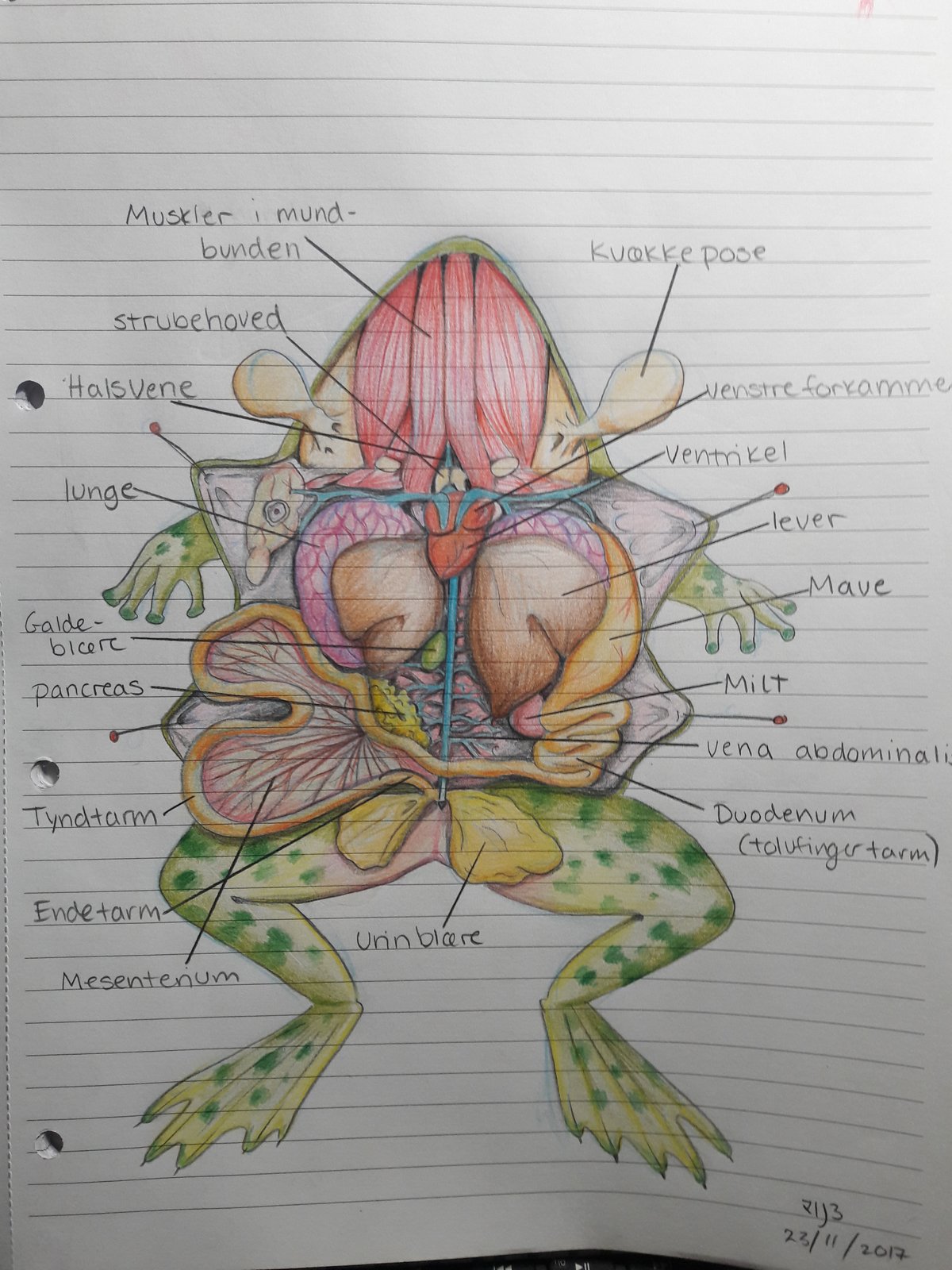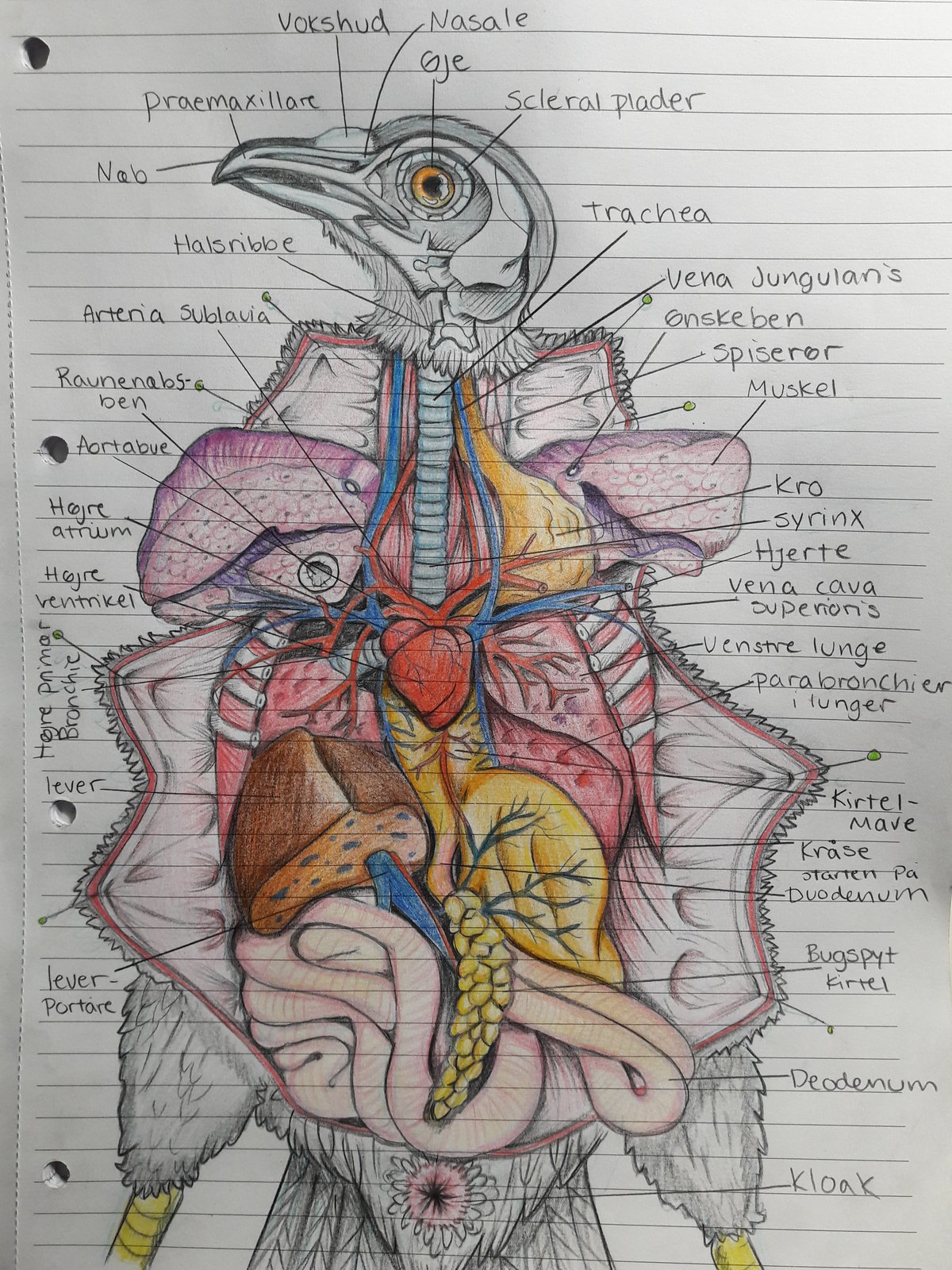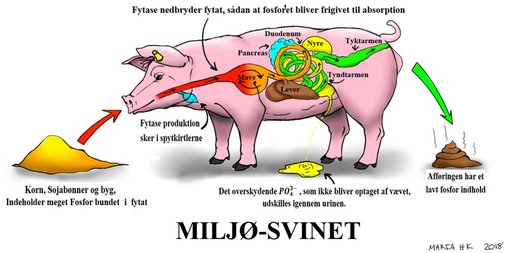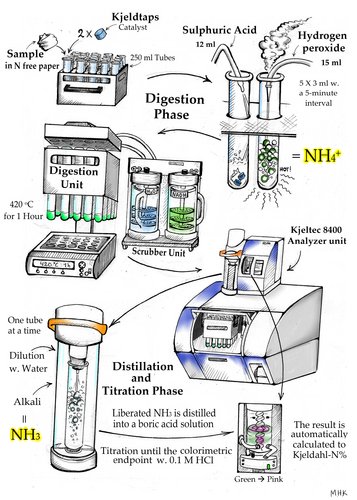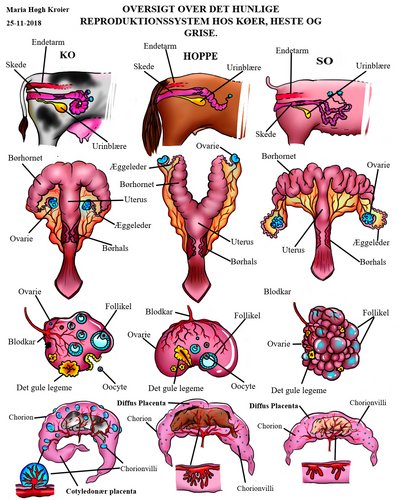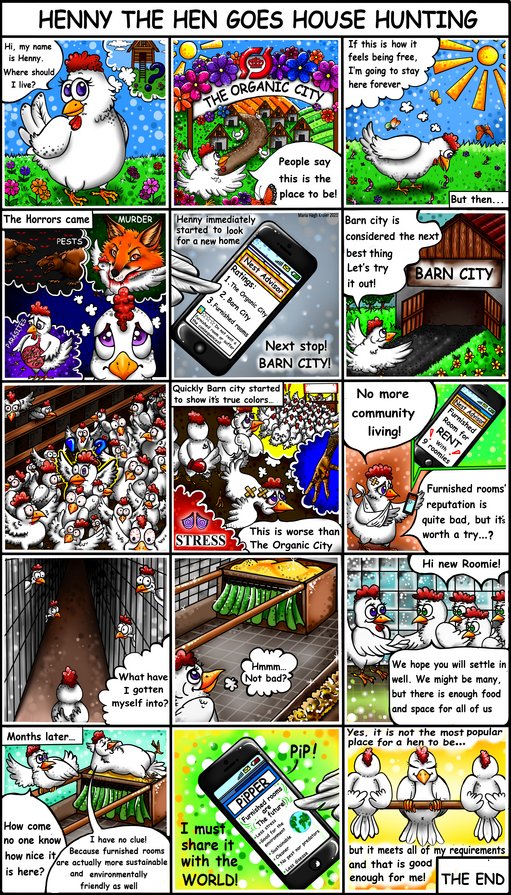When Art Meets Science
When we talk about art and science, they seem to be two topics so far apart. In this blog, Maria, our talented Ph.D. student and illustrator for the PIG-PARADIGM project, shares her personal story of when art meets science and the chemistry that brings.
Discover how her passion for drawing has seamlessly intertwined with her academic life, and how artistic expression breathes life into complex research topics, making science more accessible and engaging for all.
Maria Høgh Kroier
PhD student
Department of Animal and Veterinary Sciences
Aarhus University
Research Topic: Investigating the effect and mode of actions of dietary protein concentration and essential amino acids supplementation above requirements on microbiota composition, microbial activity, and gut health in weaned piglets
Email: mhk@anivet.au.dk
By Maria Høgh Kroier
Hi! I am Maria, a Ph.D. student in the Nutrition Pillar and the illustrator of the PIG-PARADIGM project. The focus of my illustrative work is to create scientific illustrations that enhance and simplify the communication between researchers, sponsors, farmers, and other audiences and stakeholders. Surprisingly, when I first started my journey to become an agrobiologist back in 2017, I never imagined that art could become such a fundamental part of my education and future career path.
My interest in drawing started when I was very young, and it was a passion me and my twin sister enjoyed doing together. We motivated each other a lot to develop our skills and we often sat for hours after school to practice. My favorite drawing motifs were and still are ‘Animals’. However, the butterflies and cats have now been replaced by pigs, intestine, and bacteria, which is by far more interesting, if you ask me.
During my studies at Aarhus University, I quickly discovered that I could use my drawings to make anatomy and complex biological processes more visually comprehensible and easier to memorize, which I especially utilized when preparing for my exams. Fun fact about me: I cannot remember what I had for dinner yesterday, but I can recall almost all the details of drawings I made a year ago.
I also started to incorporate my illustrations in different assignments, including step-by-step illustrations of lab protocols, an overview of livestock’s reproductive organs and a depiction of the “environmentally friendly pig” (Miljøsvinet), which all received very positive responses. This was when I noticed a demand for scientific illustrations which could explain anatomy and complex processes taking place inside the animal, but also agriculture in general. From this point, illustration became such a permanent part of my studies, not only due to the positive response, but also because it made studying so much more fun with the added creative outlet which I find very enjoyable.
One particular illustration that inspired me a lot was a comic called: “Henny the hen goes house hunting”, which challenges the negative views of caged eggs. It was a fun project, but it also made me realize that the expression “a picture paints a thousand words” really is true, especially when addressing issues and topics related to livestock production. This revelation made it clear to me that the communication gap between the scientific community, farmers, and consumer, could potentially be bridged by visual communications and eye-catching illustrations. This insight became one of my biggest motivations to continue drawing scientific illustrations and further develop my skills.
The first time my drawings contributed to scientific communication was during my master’s when I Illustrated the PIG-PARADIGM project’s ‘vision’ for the Novo Nordisk Foundation funding application. I feel proud I could contribute in my own way and the achievement also confirmed my path.
While my dream of becoming a PhD student came true on the 2nd of January 2023, I would never have imagined that I also would get the chance to assist as the PIG-PARADIGM project’s official illustrator. So far, I have created 3 newsletter drawings and I feel very proud knowing that they will be used in presentations and posters to promote knowledge about pig production and antimicrobial resistance.
These are just the first steps. During my PhD studies, I aim to further develop my drawing skills and, hopefully, one day to contribute to the promotion of creativity in communication between researchers, sponsors, farmers, and consumers in the future.
